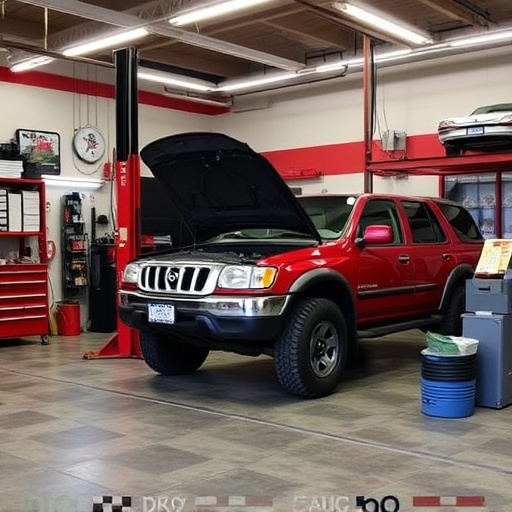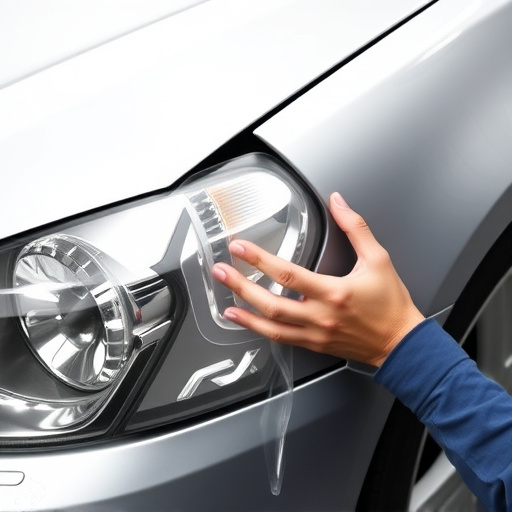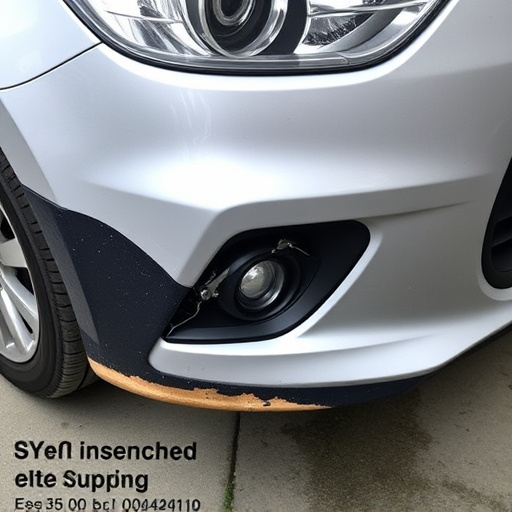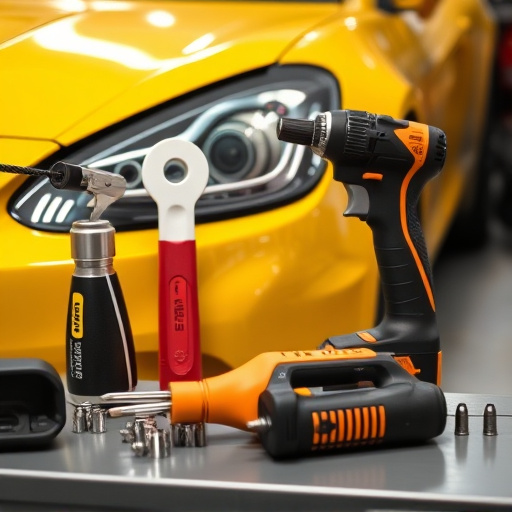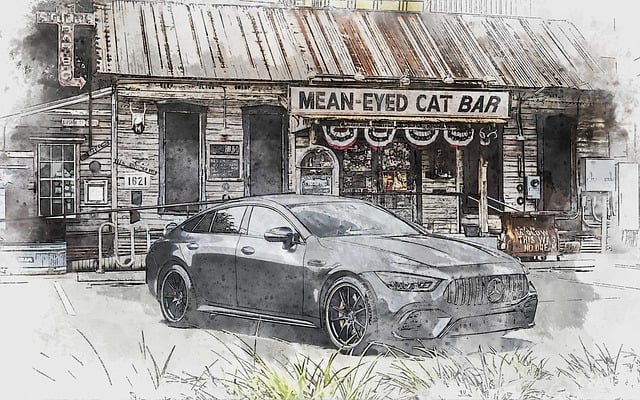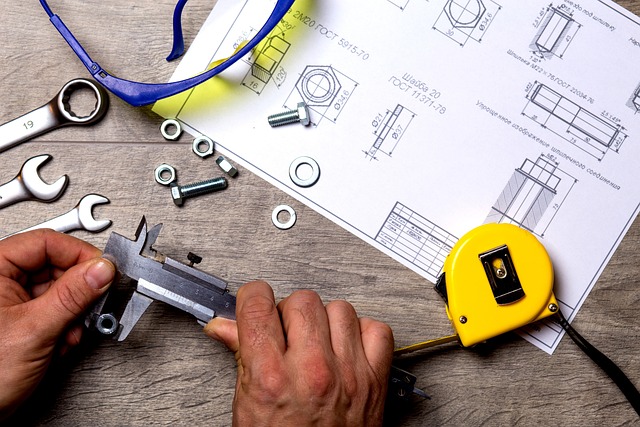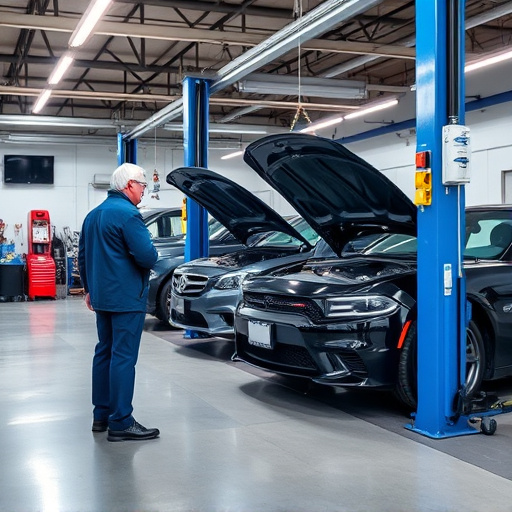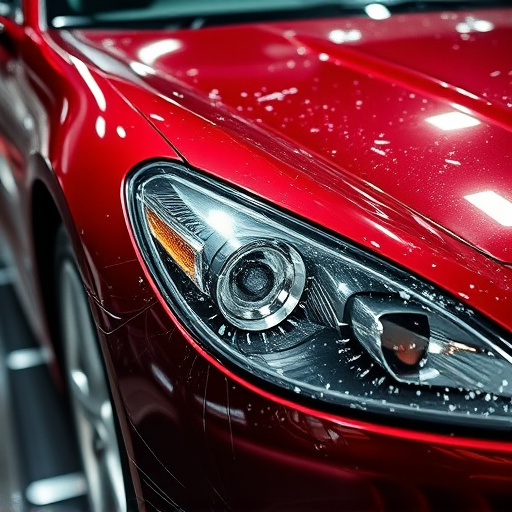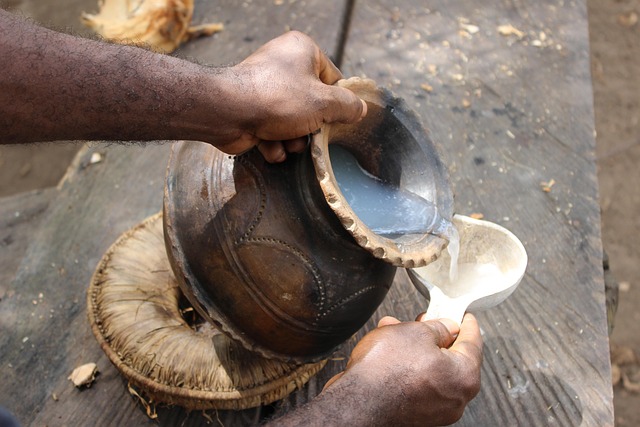Choosing between OEM and aftermarket parts for vehicle body repair is crucial. OEM parts offer precision, fitment, and quality, making them industry standards but are more expensive. Aftermarket parts provide broader options at lower costs but may require adjustments and may lack reliability or warranty coverage. Auto body shops must balance customer needs for quality and affordability during frame straightening and repairs.
When it comes to vehicle body repair, choosing between original equipment manufacturer (OEM) and aftermarket parts can significantly impact the outcome. OEM parts are genuine, factory-issued components, while aftermarket alternatives are third-party offerings designed to fit various models. This article explores the nuances of these choices, weighing the benefits and drawbacks of each in terms of cost, quality, and warranty. By understanding these factors, you’ll be better equipped to make informed decisions for your vehicle’s body repair needs.
- Understanding OEM and Aftermarket Parts in Automotive Repair
- Benefits and Drawbacks of Using OEM vs Aftermarket for Vehicle Bodywork
- Factors Influencing Your Choice: Cost, Quality, and Warranty Considerations
Understanding OEM and Aftermarket Parts in Automotive Repair
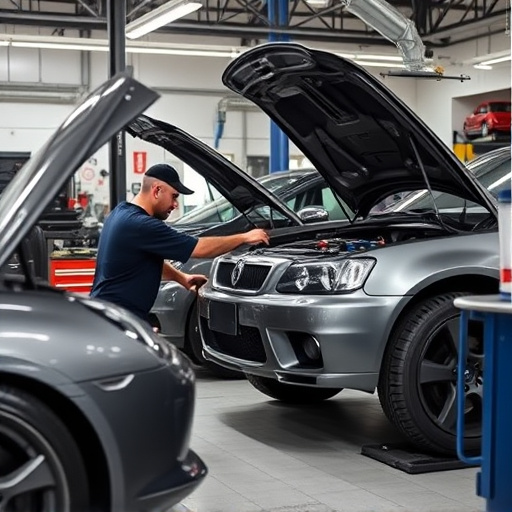
In the realm of vehicle body repair, understanding the distinction between Original Equipment Manufacturer (OEM) and Aftermarket parts is paramount. OEM parts, sourced directly from the vehicle’s manufacturer, are designed to perfectly match the make and model of a car, ensuring optimal fitment and performance during repairs or replacements. They are often considered the gold standard in auto body shops due to their precision engineering and reliable quality. Aftermarket parts, on the other hand, are manufactured by third-party suppliers and are designed to be compatible with various vehicle models. While offering a broader range of options at potentially lower costs, aftermarket components may not always align perfectly with specific vehicle body repair needs, requiring additional adjustments for proper installation.
For effective frame straightening and precise repairs, auto body shops must carefully evaluate the part’s source and compatibility. OEM parts provide peace of mind as they are tailored to the vehicle’s unique specifications, ensuring longevity and maintaining the original aesthetic appeal during vehicle repair processes. In contrast, aftermarket components can be a cost-effective alternative for certain replacements, allowing auto body shops to cater to diverse customer needs in terms of both quality and affordability, especially when conducting various vehicle repair tasks.
Benefits and Drawbacks of Using OEM vs Aftermarket for Vehicle Bodywork

Original Equipment Manufacturer (OEM) parts and aftermarket alternatives each have their allure in the realm of vehicle body repair, offering distinct advantages and drawbacks. OEM components are designed specifically for a particular make and model, ensuring precise fitment and often backed by the vehicle manufacturer’s warranty. This makes them ideal for restoring a car’s original aesthetic and structural integrity, especially after major accidents or extensive hail damage repair. Using OEM parts can also guarantee compatibility with other systems within the vehicle, which is crucial for seamless vehicle body shop operations.
On the contrary, aftermarket parts present a cost-effective solution with a wide variety of options available. They are often more affordable due to lower manufacturing and distribution costs, making them attractive for budget-conscious consumers. Aftermarket components can also be easier to source, especially for older or less common vehicle models. However, their generic nature might lead to issues with fitment, paint matching, and potential long-term reliability concerns compared to OEM parts. Consumers opting for aftermarket repairs may need to invest extra time and effort in ensuring proper installation and compatibility within the vehicle body repair process.
Factors Influencing Your Choice: Cost, Quality, and Warranty Considerations
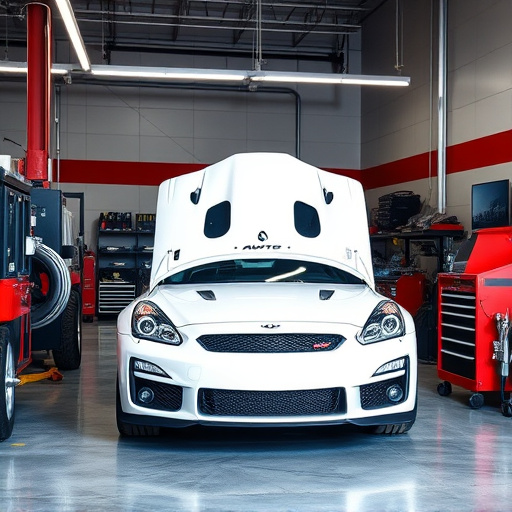
When deciding between OEM (Original Equipment Manufacturer) and aftermarket parts for vehicle body repair, several key factors come into play. One of the primary considerations is cost. OEM parts are often more expensive due to their brand reputation, advanced manufacturing processes, and higher quality standards. Aftermarket parts, on the other hand, typically offer a more budget-friendly option without compromising functionality. However, it’s crucial to weigh this initial savings against the potential long-term costs of lower-quality repairs.
In terms of quality, OEM parts usually maintain stricter quality control measures, ensuring they meet or exceed the original specifications set by the vehicle manufacturer. This can lead to superior durability and performance in the long run. Aftermarket parts, while often available at lower prices, may vary greatly in quality; some are manufactured to high standards, while others might be subpar imitations. Additionally, warranty considerations cannot be overlooked. OEM parts usually come with comprehensive warranties, providing peace of mind for car owners. Aftermarket parts may offer limited or no warranty, leaving consumers more vulnerable in case of any issues arising from the replacement parts.
When it comes to vehicle body repair, choosing between OEM and aftermarket parts depends on individual needs and preferences. While OEM parts offer authenticity and superior warranty coverage, aftermarket components provide cost-effectiveness and customization options. Understanding the benefits and drawbacks of each type enables informed decisions, ensuring that repairs are both reliable and affordable for all vehicle owners. In the end, selecting the right parts contributes to a successful body repair process, enhancing the overall health and appearance of your vehicle.

